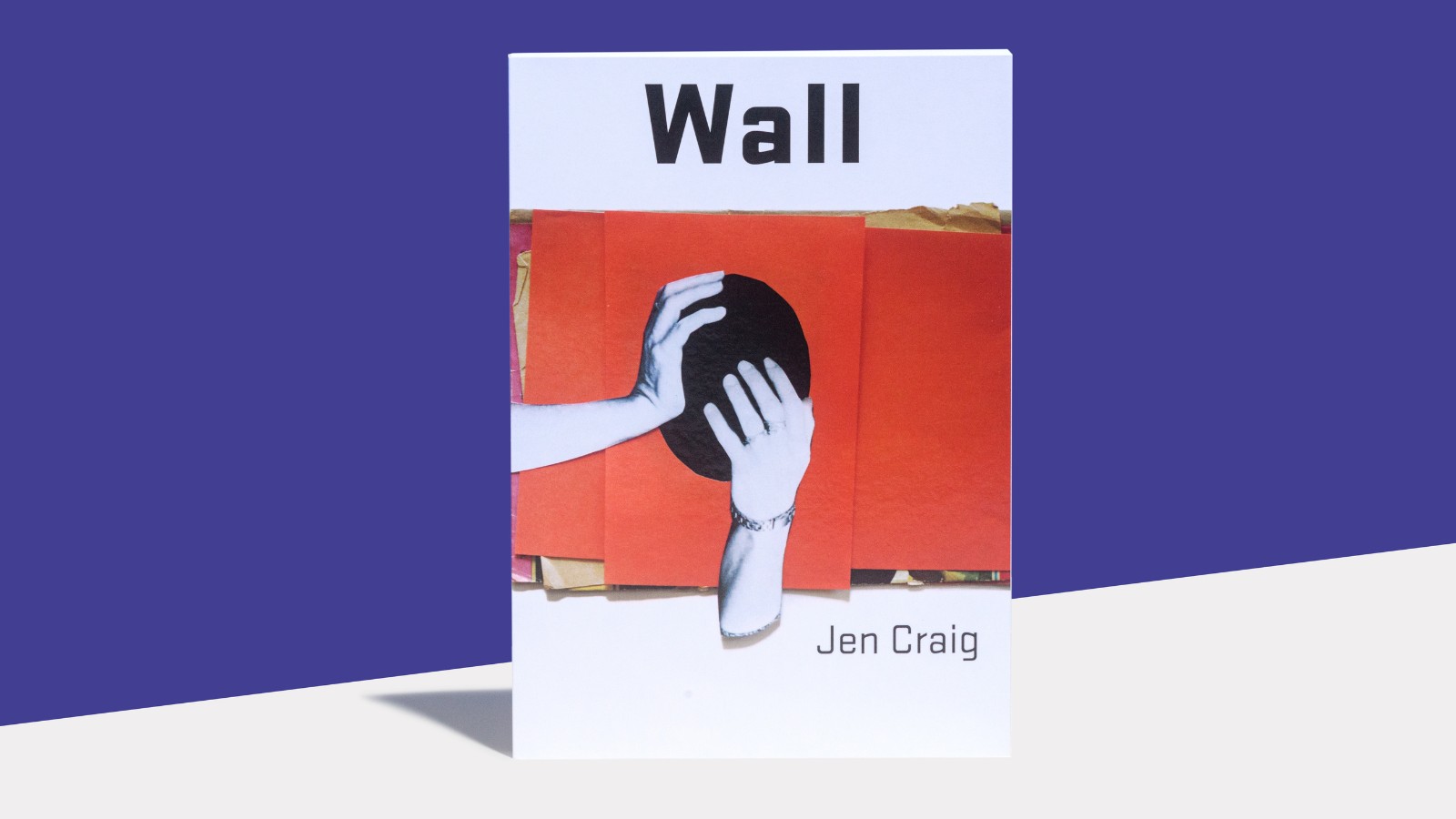Title: Wall
Author: Jen Craig
Publisher: Puncher & Wattmann
A woman returns to Australia to clear out her father’s house, with an eye to transforming the contents into an art installation in the tradition of the revered Chinese artist Song Dong. What she hasn’t reckoned with is the tangle of jealousies, resentments, and familial complications that she had thought, in leaving the country, she had put behind her — a tangle that ensnares her before she arrives.
Photography by Sarah Walker
Judges’ report
An artist returns to the family home in Chatswood after the death of her father, intending to make an artwork of the mass of material he has hoarded in the house. The conflicted, and contradictory narration of this novel entwines historical events with contemporary ones, weaving and circling around evasion, confession, self-justification, reflections on relationships, and failed and unfinished art projects. A novel that is both hilarious and tragic, reminiscent of a modernist masterpiece, Craig layers thought, meaning and understanding in a densely woven text of striking originality. Reading Wall may be as close as one can get to inhabiting another person’s crowded mind.
Extract
I need to tell you that once I’d given up on the idea of turning the contents of my father’s house into a vast and meticulous installation in the style of that famous artist Song Dong, it just took me getting the call from City Hire Skips as I was walking down the hill from the ridge where I was staying – this call that confirmed the bin would be arriving by one pm – to make it seem, suddenly – magically – as if the entire house were already clear of the junk and disintegrating remnants of more than fifty years of abject living, and that now there were no more distractions keeping me from the Wall. Nothing at all between me and this Wall I’d been planning to construct for well over a decade now, as you know – this Wall that, according to all the proposals and applications and descriptions I’d been putting in my CVs and artist’s statements since 2002, intends to give “strong and substantial form to a very personal phenomenology of surviving anorexia”. And so this Wall that, as you know very well, I have been doing nothing but talking and writing about. Just talking and writing. Because it seemed, then, that by going all out to do the very opposite of what my most trusted instincts were urging me to do, the Wall might be possible – this definitive Wall – since now I would be able to jettison everything that needed to be jettisoned, no matter how cruel I would feel as I did it. Hiring a skip only takes a second, I was telling myself over and over in some sort of automatic echo of what you had been trying to tell me earlier, Teun. In fact, I was feeling good, so utterly cheered by the knowledge that I had made this radical decision about my work and my life that, as I was walking back down the hill from the shops near the Airbnb with my most recent haul of sponges and liquids (and a brand new bucket and a squeegee mop), I was also noticing how easily the branched reflections of the sky were sliding over the chrome and glass and duco surfaces of the cars that were parked nose to tail along the street. And really, although it still felt dangerous to have done what I did by calling that number and booking a skip – and so setting in motion this decisive undoing of everything that has been blocking me from making this major work, the Wall of “Still Lives” – my ten-metre surviving anorexia Wall – for the moment all I had, after the series of confusions that followed that meeting with Eileen in Newtown, was the farce of what you will call, no doubt when you read all this, my susceptibility to Eileen and Max and their anorexic daughter – and of course to Sonya and her supposed splattered body intervention at that public lecture by Nathaniel Lord. The farce, and also the unfortunate news about Eileen’s shattered femur from the accident on the highway that I still need to tell you a bit more about, or at least to contextualise in a sort of a way. In short, everything that I haven’t yet had the courage to describe to you properly. Although it still felt dangerous to be doing all this, the whole of the time that I was walking down the hill to the house from where I was staying, I could also hear that high, exhilarating whistle that you often get in those life-enhancing documentaries about falling or jumping from the doorway of a plane.
You’ve got to imagine it then. I turned the key, the front door pressed inwards, and something of the pasty, enuretic dark of the house was released into the porch. I nearly bailed on what I was going to do, but a renewed determination made me grab at the edge of the door with the heel of my hand and push it forwards and forwards until I heard something crack. I knew that now I was being uncaring, pragmatic, brutal even – an unfeeling daughter, an unfeeling sister. Really, I was thinking as I kept shoving at the door, if I hadn’t been stumped from the very beginning of this – stumped by how difficult it was to touch anything of what needed to be moved in here – stumped in the way that I have been stumped for most of my life – that if none of this house and what it meant for me had been such a problem or a barrier – and of course a temptation – a very real temptation to the fakest part of me, the one who loves to please – I could so easily have made the call to the skip hiring place much sooner than I did. I could have made the call when I sat in the train on the T2 line after I’d booted up the phone with the Aussie SIM card in it. I could have made the call from the underground railway platform in those first few minutes out of the airport, when instead I had succumbed to wave after wave of what I had assumed at the time to be just the first very deep and painful stirrings of excitement about this new kind of work I was about to make – this supposedly all-encompassing major work that would not so much supplement what I have been doing with my piecemeal “Still Lives” project, this tentative Wall, but set it off in the way that it needed to be, by giving it a greater and more generous cultural context. So eager was I to be starting on what was promising to be a considerable work after everything I’d been planning on the phone, in emails and in person about the Chatswood Song Dong project with Nathaniel Lord.
About the author

Photo by Felicity Jenkins
Jen Craig lives on Darug and Gundungurra lands in NSW. She is the author of three novels: Wall, Since the Accident and Panthers and the Museum of Fire, which was longlisted for the 2016 Stella Prize, released in North America and later translated into Spanish. Her libretto A Dictionary of Maladies for the composer Michael Schneider has been performed in Switzerland, and her short stories and essays have appeared in literary journals and anthologies in Australia, Spain and the USA. Jen holds a doctorate on transgenerational trauma, anorexia and the gothic.
Related Posts

Read
Anne-Marie Te Whiu Receives The Next Chapter Alumni Poetry Fellowship
2 Apr 2024

Read
What's on in April: Resident Organisation Round Up
28 Mar 2024

Read
Blak & Bright First Nations Literary Festival returns in 2024
7 Mar 2024

Read
What's on in March: Resident Organisation Round Up
29 Feb 2024

Read
Hot Desk Extract: International
23 Feb 2024

Read
Hot Desk Extract: The Rooms
23 Feb 2024

Share this content